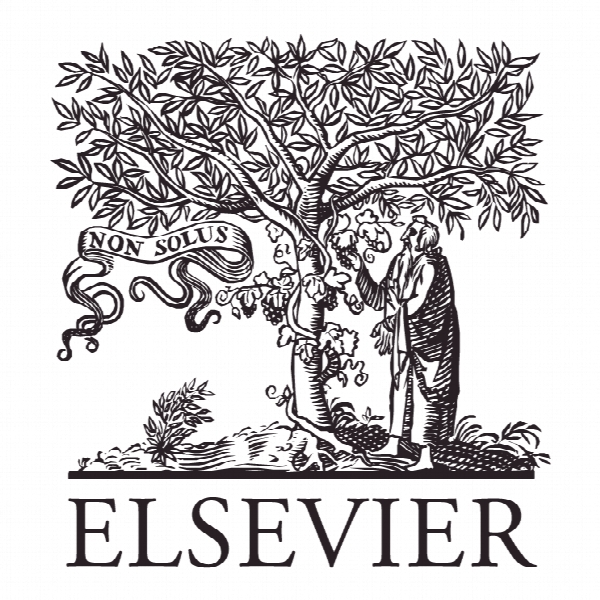پیوند دو طرفه بین هنجارهای توصیفی و مقدماتی Bidirectional associations between descriptive and injunctive norms
- نوع فایل : کتاب
- زبان : انگلیسی
- ناشر : Elsevier
- چاپ و سال / کشور: 2017
توضیحات
رشته های مرتبط علوم اجتماعی
مجله رفتارهای سازمانی و فرایندهای تصمیم گیری انسانی – Organizational Behavior and Human Decision Processes
دانشگاه استکهلم، مرکز مطالعات تکامل فرهنگی، استکهلم، سوئد
نشریه نشریه الزویر
مجله رفتارهای سازمانی و فرایندهای تصمیم گیری انسانی – Organizational Behavior and Human Decision Processes
دانشگاه استکهلم، مرکز مطالعات تکامل فرهنگی، استکهلم، سوئد
نشریه نشریه الزویر
Description
Introduction Social norms and their power to govern behavior have been studied extensively in the social sciences. There are several different theoretical approaches to social norms, such as the focus theory of Cialdini and colleagues (e.g., Cialdini, Kallgren, & Reno, 1991), the social norms approach of Berkowitz and Perkins (e.g., Berkowitz, 2004), and Bicchieri’s theory of dynamics of norms in social dilemmas (e.g., Bicchieri, 2006). These different approaches share a theoretical division of social norms into two distinct types: injunctive norms, referring to people’s beliefs about how one ought to behave, and descriptive norms, referring to people’s beliefs about what most people actually do. For a review of various lines of work based on these concepts, see Lapinski and Rimal (2005). In this paper we are concerned with the relation between injunctive and descriptive norms. The two types of norms are often congruent, by which we shall mean that what is common to do is also what you ought to do. For instance, at a formal meeting the descriptive norm is that most individuals will be silent and attentive. This norm is also injunctive, as noncompliance is likely to incur social sanctions (example from Lapinski & Rimal, 2005, p. 131). Several studies have found that injunctive and descriptive norms tend to be congruent (e.g., Brauer & Chaurand, 2010; Thøgersen, 2008). This statistical correlation is not a logical necessity, though. People are quite capable of endorsing the moral desirability of a certain behavior, yet not practice it (Cialdini, Reno, & Kallgren, 1990). Thus, the concepts of descriptive and injunctive norms are logically distinct, echoing David Hume’s famous law that one cannot derive what ought to be from what is. The reason for Hume to state this law was that he saw other writers violating it, that is, they made claims about what ought to be on the basis of what is. An intriguing question is why this fallacy is so common. Can it be that the distinction between the descriptive and the injunctive is not very clear in people’s minds? Specifically, can it be that commonness and morality are automatically associated with each other? This fundamental question about cognition of social norms seems not to have been asked before. However, it is related to a (rather loose) proposal of Kelley (1971) according to which people depend on others’ behavior as the evidence of what is right and wrong and therefore ‘‘concepts of what ‘ought to be’ tend to drift toward conceptions of what ‘is’’’ (Kelley, 1971, p. 298).


